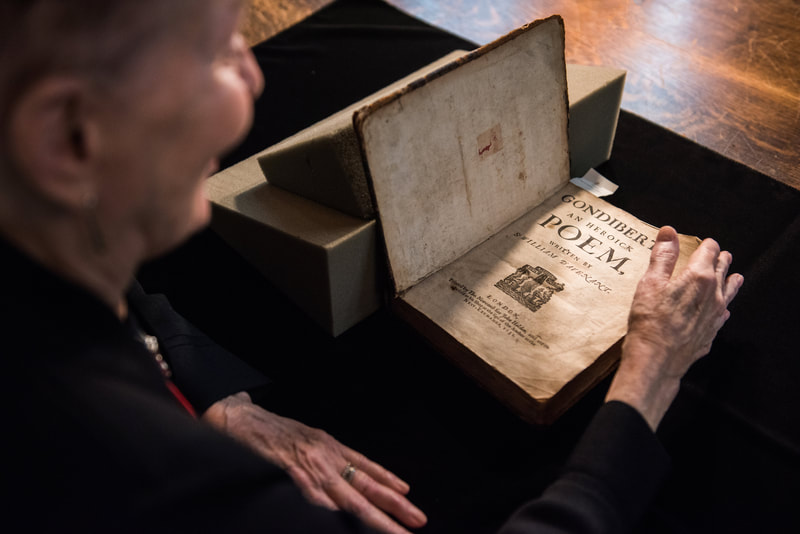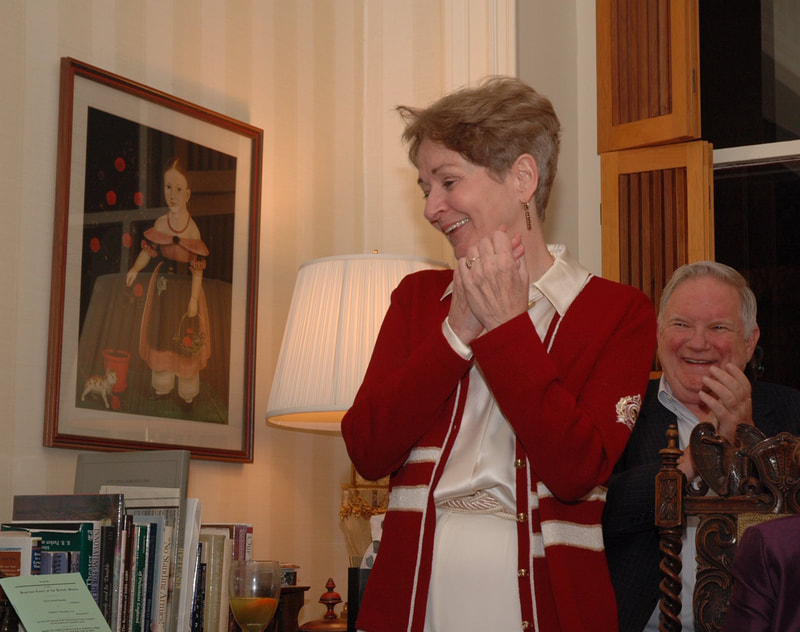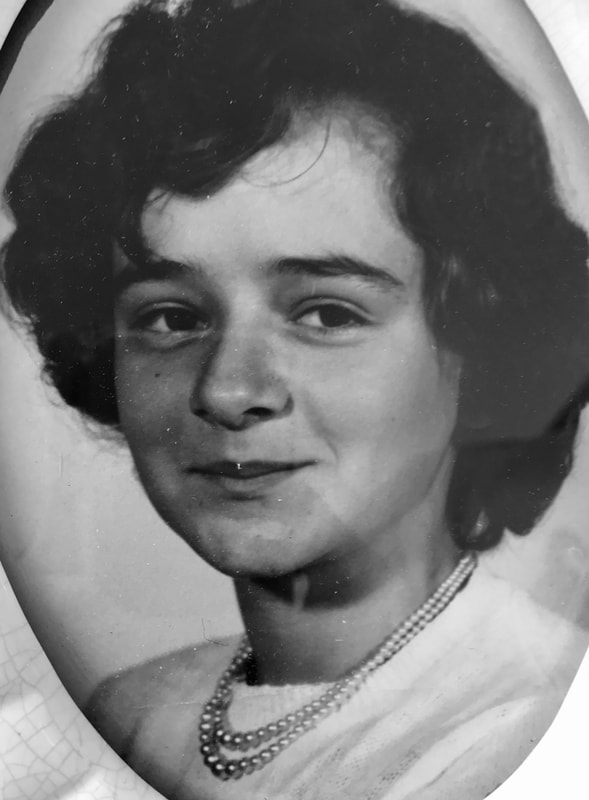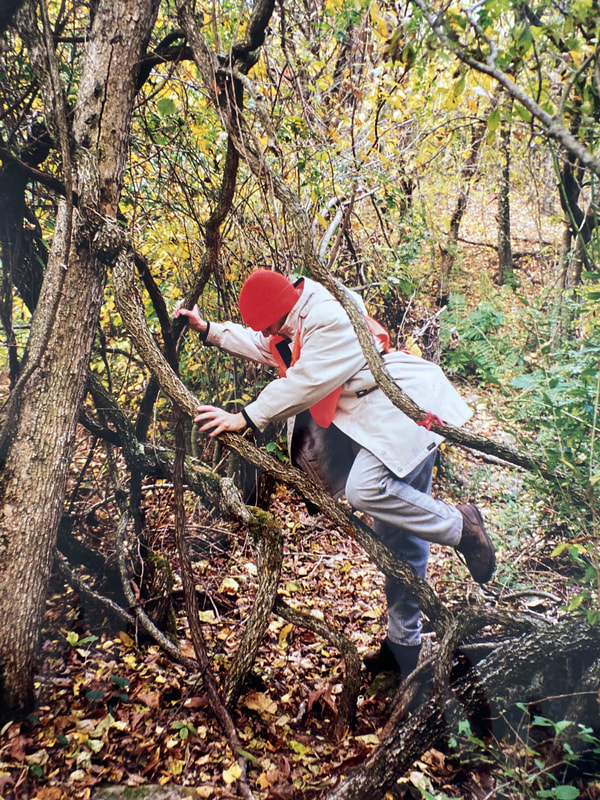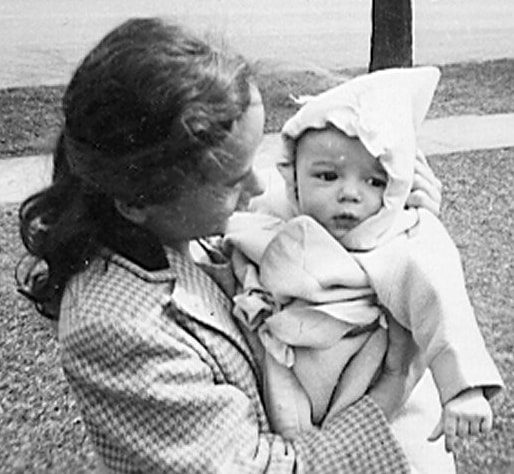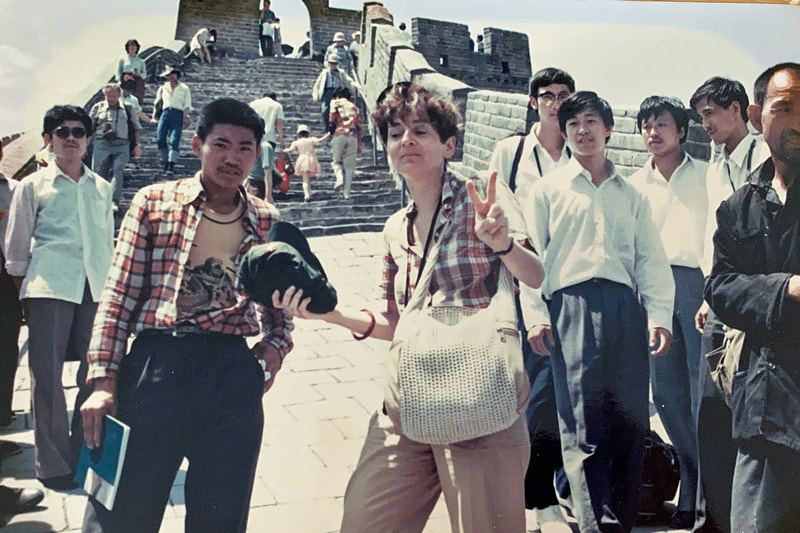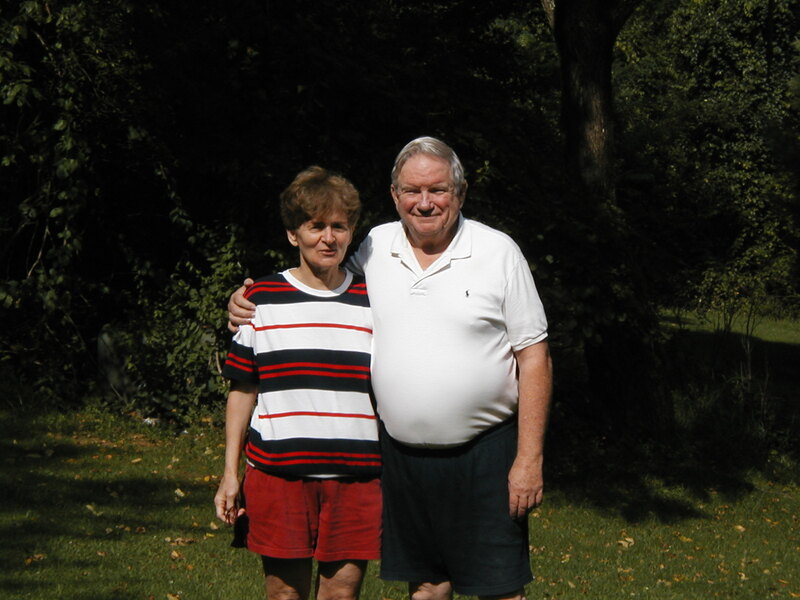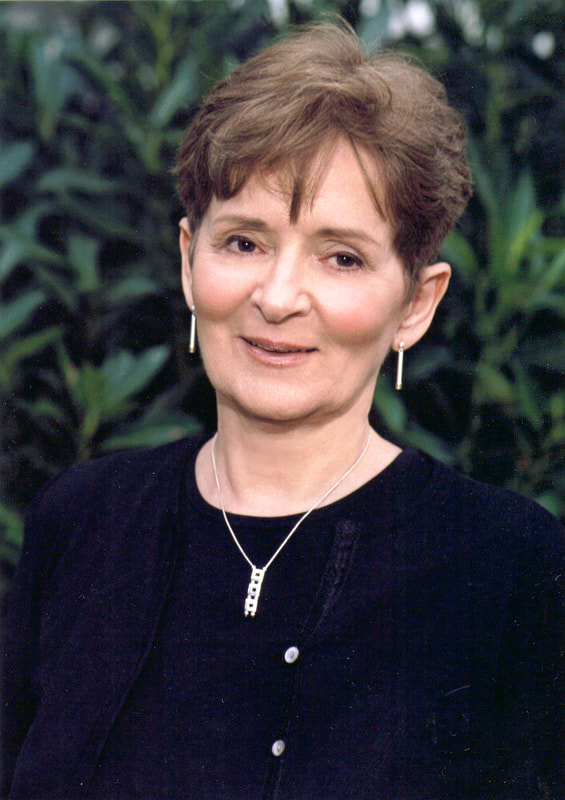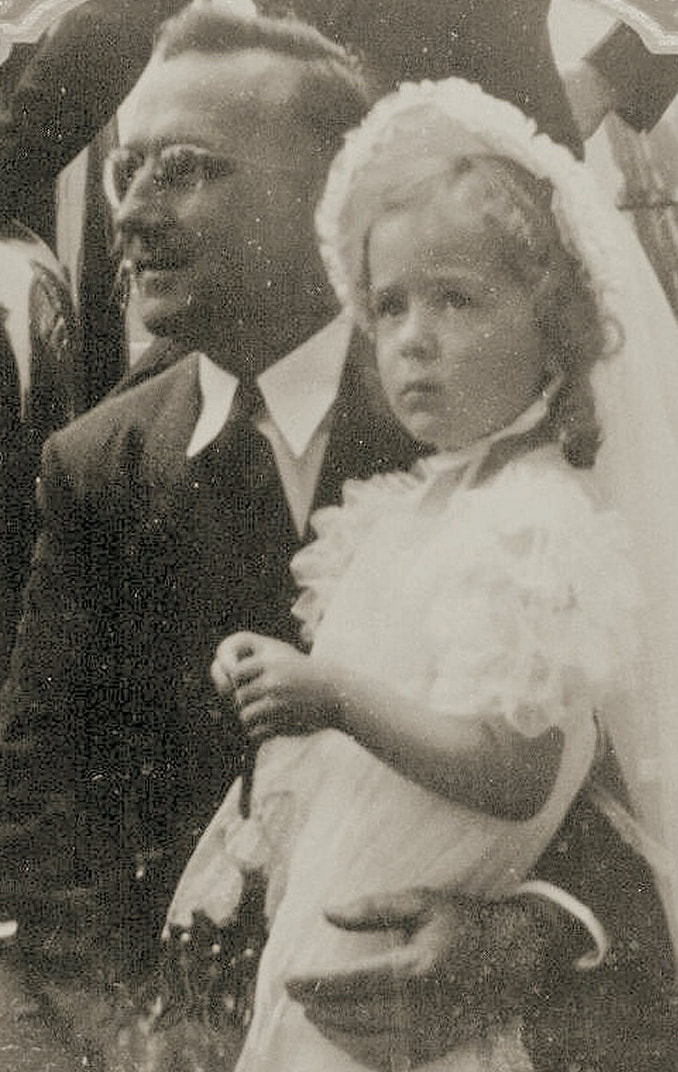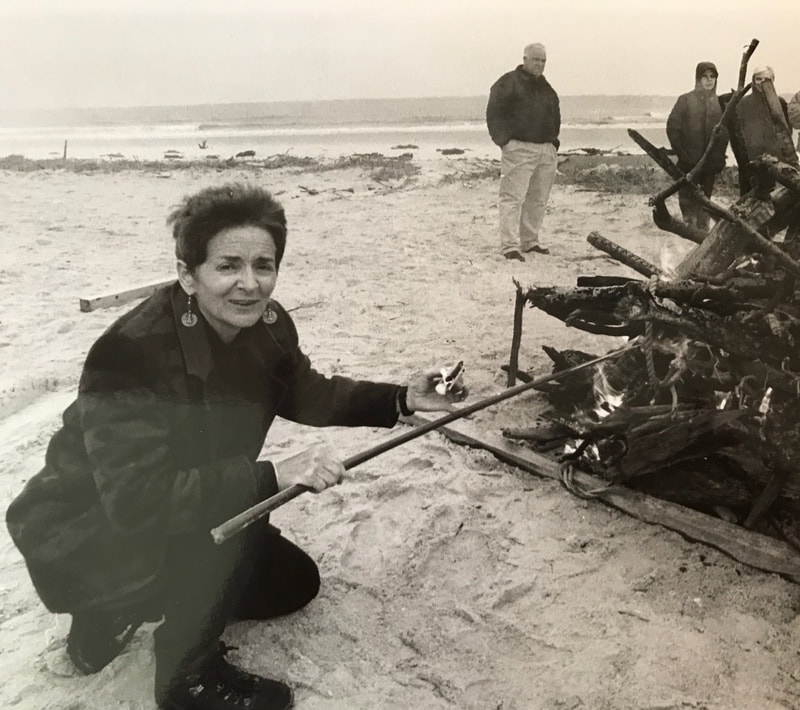Reader TransportationThroughout my life as a scholar/author, I have tried to put the reader inside unique and otherwise unknowable experiences: the execution of Charles I, the neurotic chaos of the restoration of Charles II, the forty-room salon of Charles II’s favorite French mistress.
My most challenging and audacious attempt in reader transportation was in An Infinity of Little Hours: Five Young Men and Their Trial of Faith in the Western World’s Most Austere Monastic Order. In her review of the book, the hermit Sister Wendy Beckett said, “what Maguire has set herself to do, and she does it brilliantly, is to re-create the Carthusian experience…. Nothing is quite clean, dust is in the air, the damp is pervasive and permanent, getting deeper into the walls each decade… Always there is the smell of damp, sweaty, wool habits.” One of the former monks says, “really it’s as if you had lived with us in disguise for five years.” |
In The Monk’s Widow, I use the same transportation techniques, and the same Carthusian experience, to put the reader inside the unknowable act of dying. My husband David had been Dom Philip, one of the five young men, and we had been in an intense and challenging relationship for forty-eight years. After David was diagnosed with a very rare cancer, rather than continue experimental treatments, we chose to die naturally. Our recorded conversations give me something I did not have in my other work – tone of voice, timber, levels of exhaustion, anxiety, deep grief, and, at times, terror.
We looked monk death in the face every day, every minute, for twenty-six months. Taking notes every minute, I walked him to his death, physically, emotionally, and spiritually. Living out the death decision was more difficult than either of us could have imagined, but it was our choice, our way. When people would comment on how unusual our way of dying was, we would look at each other, in some amazement, and say, “I don’t see how else we could’ve done it.” And, looking back, I would not have missed it.
We looked monk death in the face every day, every minute, for twenty-six months. Taking notes every minute, I walked him to his death, physically, emotionally, and spiritually. Living out the death decision was more difficult than either of us could have imagined, but it was our choice, our way. When people would comment on how unusual our way of dying was, we would look at each other, in some amazement, and say, “I don’t see how else we could’ve done it.” And, looking back, I would not have missed it.
My Life
Curriculum Vitae
Scholar-in-Residence, The Folger Shakespeare Library, Washington, DC.
Work in the Humanities:
Initiated and created a proposal for “The Advancement of the Humanities,” Marquette University, 2013-2014
Initiated and funded Symposium, “Moving over Uncharted Ground: Aging as a Spiritual Practice,” March 5-12, 2017, St. John’s on the Lake, Milwaukee, Wisconsin
Initiated and funded Symposium, “The Measure of Our Days: Awakening Hope in Aging, Loss and Death,” March 4-8, 2018, St. John’s on the Lake, Milwaukee, Wisconsin
Publications:
An Infinity of Little Hours: Five Young Men and Their Trial of Faith in the Western World’s Most Austere Monastic Order (New York: Public Affairs, 2006). New paperback edition, April 5, 2007, German edition, October, 2007, Barcelona edition October, 2008
Regicide and Restoration: English Tragicomedy, 1660-1671 (Cambridge: Cambridge University Press, 1992).
Reviewed in Renaissance Quarterly (Spring, 1995),47: 172-4; Modern Philology (November, 1994), 92:243-7; English Studies (July, 1994), 75:374-8; Theatre Research International (Autumn, 1994), 19:272-3; Studies in English Literature (Fall, 1994), 34:672-4,676; Comparative Drama (Summer, 1994), 28:257-9; Shakespeare Bulletin (Winter, 1994), 12:50-1. , Paperback edition, November, 2005
Edited, Renaissance Tragicomedy: Explorations in Genre and Politics (New York: AMS Press, 1987), with “Introduction: Towards Understanding Tragicomedy,” pp. l-l0, and concluding essay, “The Whole Truth of Restoration Tragicomedy,” pp. 2l8-39.
Reviewed in Medieval and Renaissance Drama in England (1991), V:401-11; Modern Language Review (1992), 280-3; Review of English Studies (August, 1990), 41:390-1; Comparative Drama (Winter, 1989-90), 379-81; Shakespeare Bulletin (March/April, 1989), 29; Renaissance Quarterly (Autumn, 1989), 42:576-9.
Articles:
“Tragicomedy,” in The Cambridge Companion to English Restoration Theatre, ed. Deborah Payne (Cambridge: Cambridge University Press, 2000), pp. 86-106.
“The Duchess of Portsmouth: English Royal Consort and French Politician, 1670-1685,” in R. Macolm Smuts, ed., The Stuart Court and Europe (Cambridge: Cambridge University Press, 1996), pp. 247-273.
“Factionary Politics: John Crowne’s Henry VI,” in Gerald MacLean, ed., Literature, Culture, and Society in the Stuart Restoration (Cambridge: Cambridge University Press, 1995), pp. 70-92.
“Nahum Tate’s King Lear: ‘The king’s Blest restoration,'” in Jean Marsden, ed., The Appropriation of Shakespeare: Post Renaissance Reconstructions of the Works and the Myth (London: Harvester Press, 1991), pp. 29-42.
“Regicide and Reparation: The Autobiographical Drama of Roger Boyle, Earl of Orrery,” English Literary Renaissance, 21 (Spring, 1991), pp. 257-82.
“The ‘Tragedy’ of Charles I: Distancing and Staging the Execution of a King,” in Restoration, Ideology, and Revolution, Proceedings of the Folger Institute, Center for the History of British Political Thought, vol. 4 (Washington: The Folger Shakespeare Library, 1990), pp. 45-66.
“The Theatrical Mask/Masque of Politics: The Case of Charles I,” The Journal of British Studies, 28 (January, 1989), pp. l-22.
Work in the Humanities:
Initiated and created a proposal for “The Advancement of the Humanities,” Marquette University, 2013-2014
Initiated and funded Symposium, “Moving over Uncharted Ground: Aging as a Spiritual Practice,” March 5-12, 2017, St. John’s on the Lake, Milwaukee, Wisconsin
Initiated and funded Symposium, “The Measure of Our Days: Awakening Hope in Aging, Loss and Death,” March 4-8, 2018, St. John’s on the Lake, Milwaukee, Wisconsin
Publications:
An Infinity of Little Hours: Five Young Men and Their Trial of Faith in the Western World’s Most Austere Monastic Order (New York: Public Affairs, 2006). New paperback edition, April 5, 2007, German edition, October, 2007, Barcelona edition October, 2008
Regicide and Restoration: English Tragicomedy, 1660-1671 (Cambridge: Cambridge University Press, 1992).
Reviewed in Renaissance Quarterly (Spring, 1995),47: 172-4; Modern Philology (November, 1994), 92:243-7; English Studies (July, 1994), 75:374-8; Theatre Research International (Autumn, 1994), 19:272-3; Studies in English Literature (Fall, 1994), 34:672-4,676; Comparative Drama (Summer, 1994), 28:257-9; Shakespeare Bulletin (Winter, 1994), 12:50-1. , Paperback edition, November, 2005
Edited, Renaissance Tragicomedy: Explorations in Genre and Politics (New York: AMS Press, 1987), with “Introduction: Towards Understanding Tragicomedy,” pp. l-l0, and concluding essay, “The Whole Truth of Restoration Tragicomedy,” pp. 2l8-39.
Reviewed in Medieval and Renaissance Drama in England (1991), V:401-11; Modern Language Review (1992), 280-3; Review of English Studies (August, 1990), 41:390-1; Comparative Drama (Winter, 1989-90), 379-81; Shakespeare Bulletin (March/April, 1989), 29; Renaissance Quarterly (Autumn, 1989), 42:576-9.
Articles:
“Tragicomedy,” in The Cambridge Companion to English Restoration Theatre, ed. Deborah Payne (Cambridge: Cambridge University Press, 2000), pp. 86-106.
“The Duchess of Portsmouth: English Royal Consort and French Politician, 1670-1685,” in R. Macolm Smuts, ed., The Stuart Court and Europe (Cambridge: Cambridge University Press, 1996), pp. 247-273.
“Factionary Politics: John Crowne’s Henry VI,” in Gerald MacLean, ed., Literature, Culture, and Society in the Stuart Restoration (Cambridge: Cambridge University Press, 1995), pp. 70-92.
“Nahum Tate’s King Lear: ‘The king’s Blest restoration,'” in Jean Marsden, ed., The Appropriation of Shakespeare: Post Renaissance Reconstructions of the Works and the Myth (London: Harvester Press, 1991), pp. 29-42.
“Regicide and Reparation: The Autobiographical Drama of Roger Boyle, Earl of Orrery,” English Literary Renaissance, 21 (Spring, 1991), pp. 257-82.
“The ‘Tragedy’ of Charles I: Distancing and Staging the Execution of a King,” in Restoration, Ideology, and Revolution, Proceedings of the Folger Institute, Center for the History of British Political Thought, vol. 4 (Washington: The Folger Shakespeare Library, 1990), pp. 45-66.
“The Theatrical Mask/Masque of Politics: The Case of Charles I,” The Journal of British Studies, 28 (January, 1989), pp. l-22.

